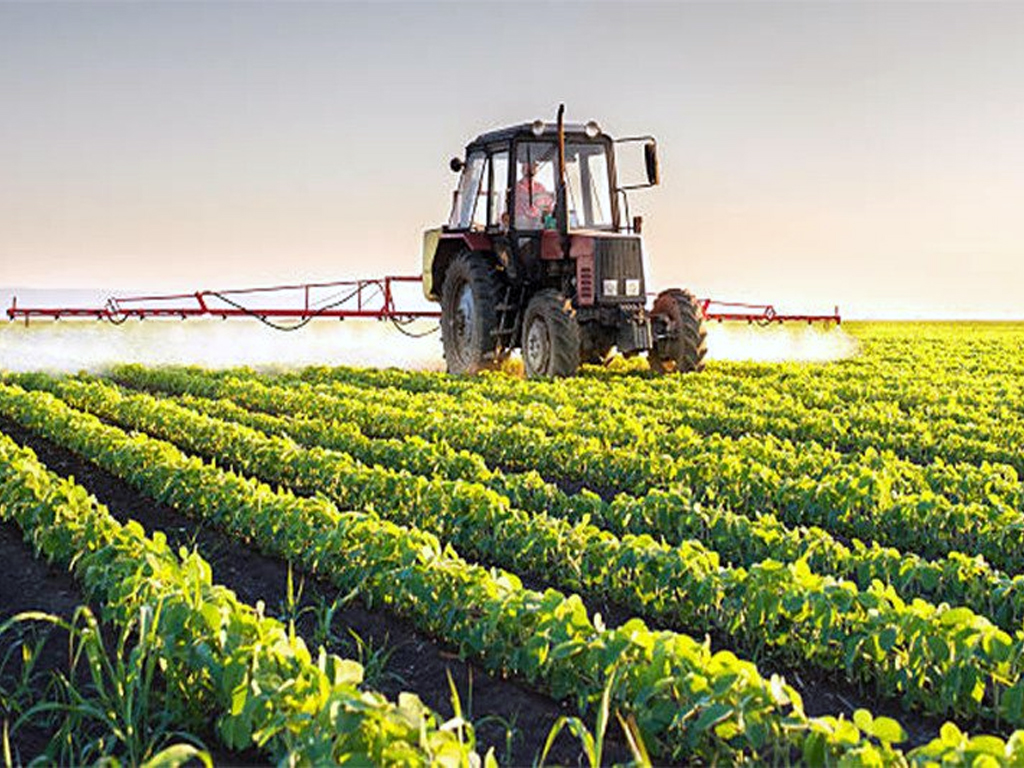
In the mid-term review meeting of the Agricultural Credit Advisory Committee (ACAC) held in Hyderabad recently and presided over by Tariq Bajwa, Governor State Bank of Pakistan, it was revealed that the banks had disbursed an amount of Rs 527.3 billion as agricultural credit during the first half of the current fiscal year. The disbursed amount was 42 percent of the total assigned target for the whole year and 22 percent higher than the amount disbursed during the same period last year. The outstanding portfolio of agriculture credit also increased to Rs 521 billion by end of December 2018, up 17.9 percent from Rs 442 billion last year. The number of borrowers, in the meanwhile, also rose to 3.9 million by end of 2018 from 3.46 million a year earlier, representing a growth of 12.8 percent. The Governor SBP asked the banks in the meeting to enhance their efforts to reach the annual credit target of Rs 1250 billion but appreciated the efforts of microfinance banks in providing loans to small and marginalised farmers. He also said that the banking industry is still facing various demand and supply side challenges and referred to the geographical disparities in the provision of agriculture credit. Besides, banks were advised to focus especially on production loans for small farmers and adopt a more active approach to cover underserved areas of the country. Islamic banks and Islamic windows of commercial banks were also asked to play a greater role in expanding outreach in potential areas, particularly to faith-sensitive farming community.
We feel that though bank credit to the agriculture sector has shown a reasonable growth during the first half of FY19 when compared to the corresponding period of last year, its pace has to be accelerated considerably during the second half of the year to reach the annual target of Rs 1250 billion. The rapid growth in credit is particularly necessary in view of the overall stagnation in the productivity of the agriculture sector during the current year so far. For instance, preliminary estimates of the major Kharif crops like cotton, rice, sugarcane and maize indicate a very subdued performance which is largely explained by a considerable decline in the area under cultivation, especially in Sindh, where water shortages have resulted in a drought-like situation. Total area sown under Kharif crops for FY19 was estimated at 7.54 million hectares, a decline of 7.7 percent over FY18. Besides water shortages, lower fertilizer application had also an adverse impact on crop yields. If the agricultural credit in the remaining part of the current year could be increased, at least to the targeted level, it could partly compensate for the shortfall in irrigation water in the sense that the use of other inputs like pesticides and fertilizers could be increased to give a better yield in the agriculture sector. Since this sector also has certain linkages with other sectors of the economy, an improved performance in the agriculture sector could lead to higher growth in the economy and increase employment since the agriculture sector is very labour-intensive compared to the other sectors of the economy. Most of the Governor's observations in the ACAC meeting were also to the point. For instance, he highlighted the importance of removing geographical disparities in the disbursement of agricultural credit and focus specially on production loans. Such an emphasis is called for as agricultural credit disbursement was low in KP, Balochistan and Gilgit-Baltistan and consumption or working loans are less productive than production loans.
However, it needs to be noted that focus of bank financing for a particular sector may have certain pitfalls. Obviously, only increased lending to the agriculture sector cannot raise the farm productivity and contribute to the national economy, if bottlenecks like water shortages, land record management, proper marketing and storage and adoption of modern techniques are not properly addressed. Also, problem with identifying agricultural sector as a priority sector is that other sectors like export finance, SMEs, other basic industries and employment schemes would demand such a status which could result in higher level of credit/monetary expansion and fuel inflationary pressures in the economy. Talking about the overall situation, Governor, SBP, could have also asked the government to reduce its dependence on the banking system so that more credit could be made available in adequate amounts to other sectors of the economy, including the agriculture sector.
